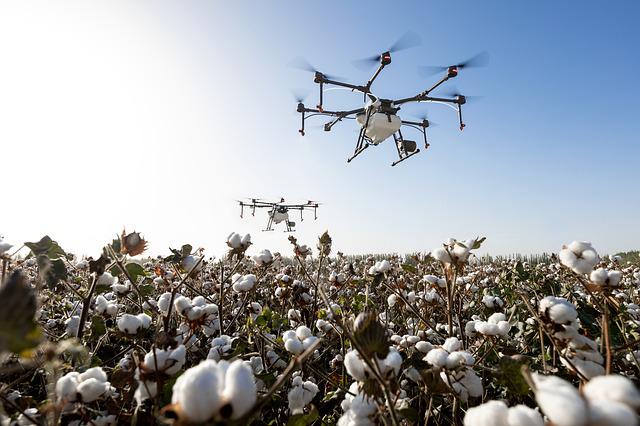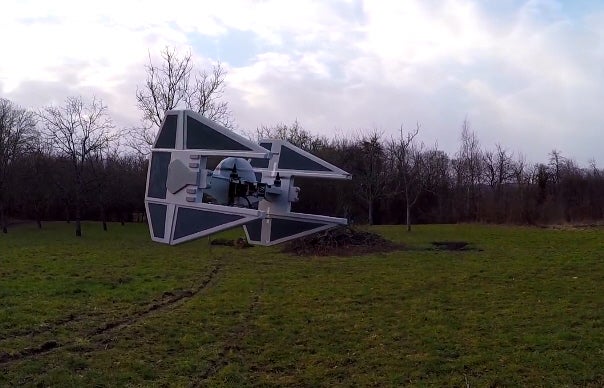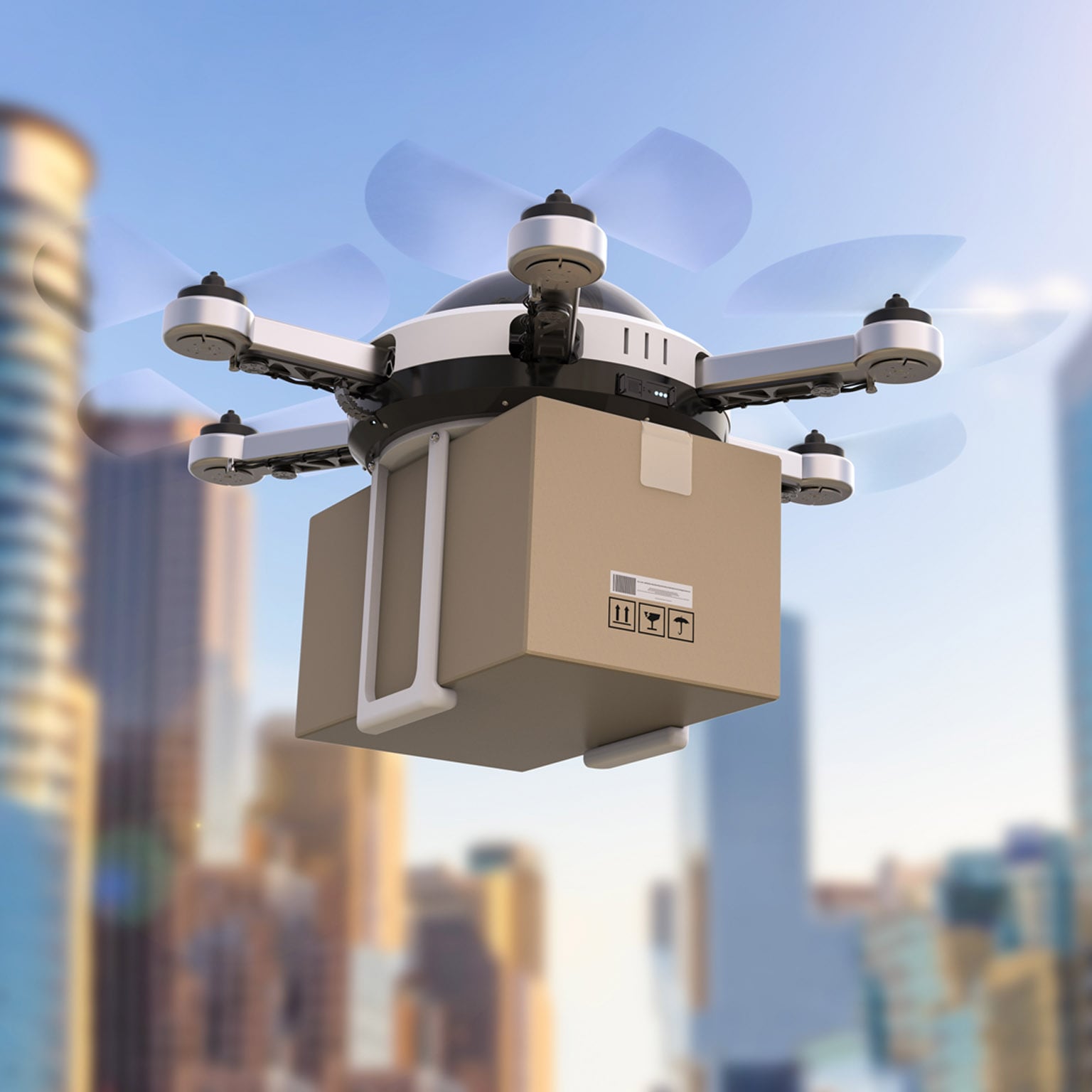
Tri-C(r), which is a course that trains drone pilots, can be used. Here are some tips to make it easier to learn to fly drones safely. If you don't have enough budget for a course at Tri-C(r), you can find other options that are just as helpful. A beginner drone training course is also available. This article will demonstrate how to train drones yourself by using a simple drone training program.
Tri-C(r).
Drones and unmanned aerial systems are becoming more common for various purposes. Tri-C offers a variety of training programs to prepare its students to fly drones for various industries. The weeklong drone pilot course is ideal for law enforcement officers, firefighters, and first responders. The course will teach students about drone laws and thermal infrared technology. There are many applications for the drone. Students will be able to fly on the course.
Tri-C(r), the nonprofit training center, offers courses taught by flight instructors certified in expert flight. These instructors have extensive experience working in industrial and law enforcement settings. The college has partnered with the Ohio Department of Transportation and the FAA to develop a model policy for law enforcement use of drones. The program offers a certificate for completion to those who have completed it. Contract training can be more affordable than open enrollment courses.

Courses at a reasonable cost
Aside from cost, another consideration to keep in mind is location. Civil Aviation Safety Authority requires UAV manufacturers to offer pilot training. These courses usually last between two and three hours and include lessons on safe flying as well as landing. A one-hour class will usually suffice, but it is possible to opt for a class in person. It's worth noting that this option is more expensive.
The cost of drone training courses will vary depending on the course that you choose. A basic course costs $50, while a professional course can run anywhere from $1,500 up to $3,500. In most cases however, it will be more cost-effective to take a course in the classroom. Online courses vary in price, but they often start at just $50 and go as high as $150. For as low as $125, you can find beginner drone training courses.
There are many ways to train drones
There are many training options available as drone operations become more popular. Several companies offer drone training courses, such as UAV Coach. These courses do NOT cover drone technology science and are not hands on. For those interested in specializing in commercial drone operations, a course offered by a company like UAV Coach may be a better option. UAV Coach offers a course that teaches drone operators the science behind drone technology and the regulations surrounding commercial operations.

There are many courses that can be taken, but it is important for pilots to receive formal training. Although there are many courses, the best training for drone pilots is formal. They learn the skills necessary for their job, including how to recognize airspace restrictions and regulations. They also learn about drone legal issues. These programs should help them to avoid violating national or local regulations.
FAQ
Can my drone be flown indoors?
Yes, it is possible to fly your drone indoors. It is important to make sure there are no hazards or obstacles in your home. Avoid flying near windows, doors and heating vents.
Is it necessary to have special training in order to fly a drone
No, you don’t have to learn any special skills in order for your drone to fly. A remote control unit is all you need. You also need to have some basic knowledge of flight mechanics.
Can I fly my drone through my neighborhood?
Yes! These are known as UAVs (unmanned air vehicles). There are many different types of drones that you can buy today, including small quadcopters as well as large fixed-wing aircraft. The FAA recently updated its rules regarding commercial UAV use. You can now legally fly them to business purposes. It is important to remember that UAVs are not allowed near airports.
Statistics
- According to the multiple listing service (MLS), houses and apartments with drone photographs are up to 68 percent more likely to sell than those without pictures. (thedroneu.com)
- Research and Markets predict a growth rate of 51.1% over the next five years. (thedroneu.com)
- With the top 10% making over $100/h and the bottom 10% making as low as $10/h. (dronesgator.com)
External Links
How To
How to Fly Drones at a Beginning Level
A drone is a remote-controlled aircraft used for aerial photography, cinematography, surveillance, scientific research, and hobby purposes. The technology behind drones has been around since World War II. However, commercial use began in 2010 when DJI released their Phantom series of quadcopters. There have been many drones made since then. These range from beginner-friendly drones like Parrot AR Drone 2.0 to more advanced multi-rotor craft like DJI Mavic Pro.
There are several ways to fly a drone, including;
-
Remote control: This uses a remote control device that attaches to your hand and allows you control the drone along its flight path. There are two main types, On/Off switches (like radios) and joysticks.
-
Manual Control – This method lets users remotely control the drone by using a smartphone app. You must keep track of the location where you want the drone to go and follow the instructions from the app.
-
Autonomous Flight – This is when the drone handles all the piloting tasks. It is basically flying autonomously and without human intervention. To enable autonomous flight, the drone should have a built in camera and sensors capable recording images and data.
-
Triggered Flying - This method works in the same way as manual control. However, the pilot has to manually set up a route for the drone and it follows that route until reaching the endpoint. The drone automatically lands once the route has been completed and returns to the base.
-
Landing Gear - Some drones come equipped with landing gear that allows them to land safely if they lose power or run out of battery during flight.
-
Goggles – Pilots often wear goggles while flying to keep themselves safe from any debris.
-
Camera - You can capture photos and videos with your drone from the air.
-
Obstacles - Some drones can be equipped with obstacle avoidance systems that prevent them from crashing into obstacles.
-
Speed - Some drones can travel at speeds over 40 mph.
-
Battery Life - Most drones are capable of lasting between 20 minutes and three hours, depending on the power that you use.
-
Some drones have a range of up to 30 miles, depending on their model.
-
Power source - Some drones need an external power source, while others use internal batteries.
-
Weight - Some drones can be as light as 1 pound while others can reach 4 pounds.
-
Size - Drones can range in size from tiny devices that can fit in your palm to heavy crafts that weigh 50 pounds.
-
Price - High-end drones can go for thousands of dollars, while low-cost models start at $100.